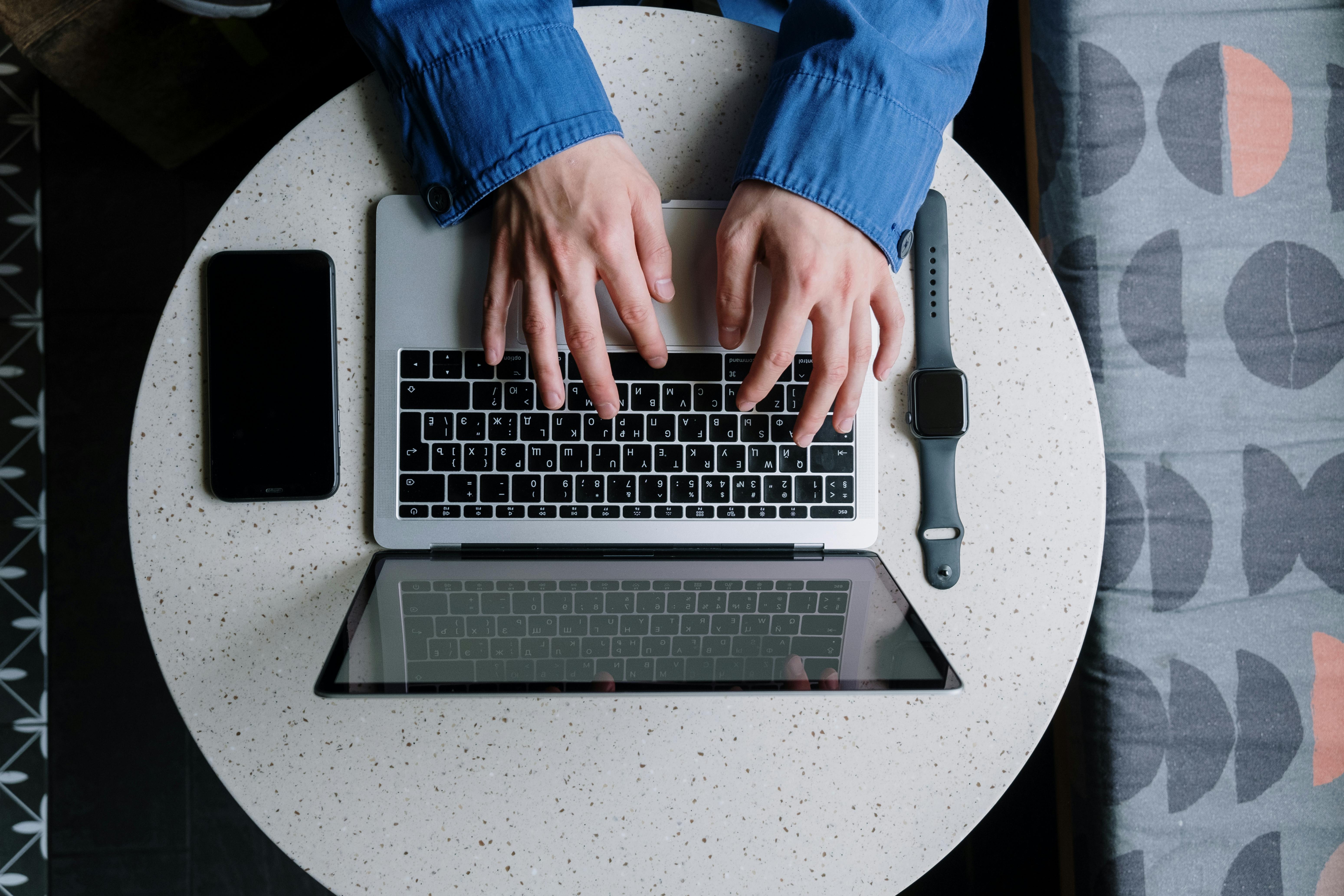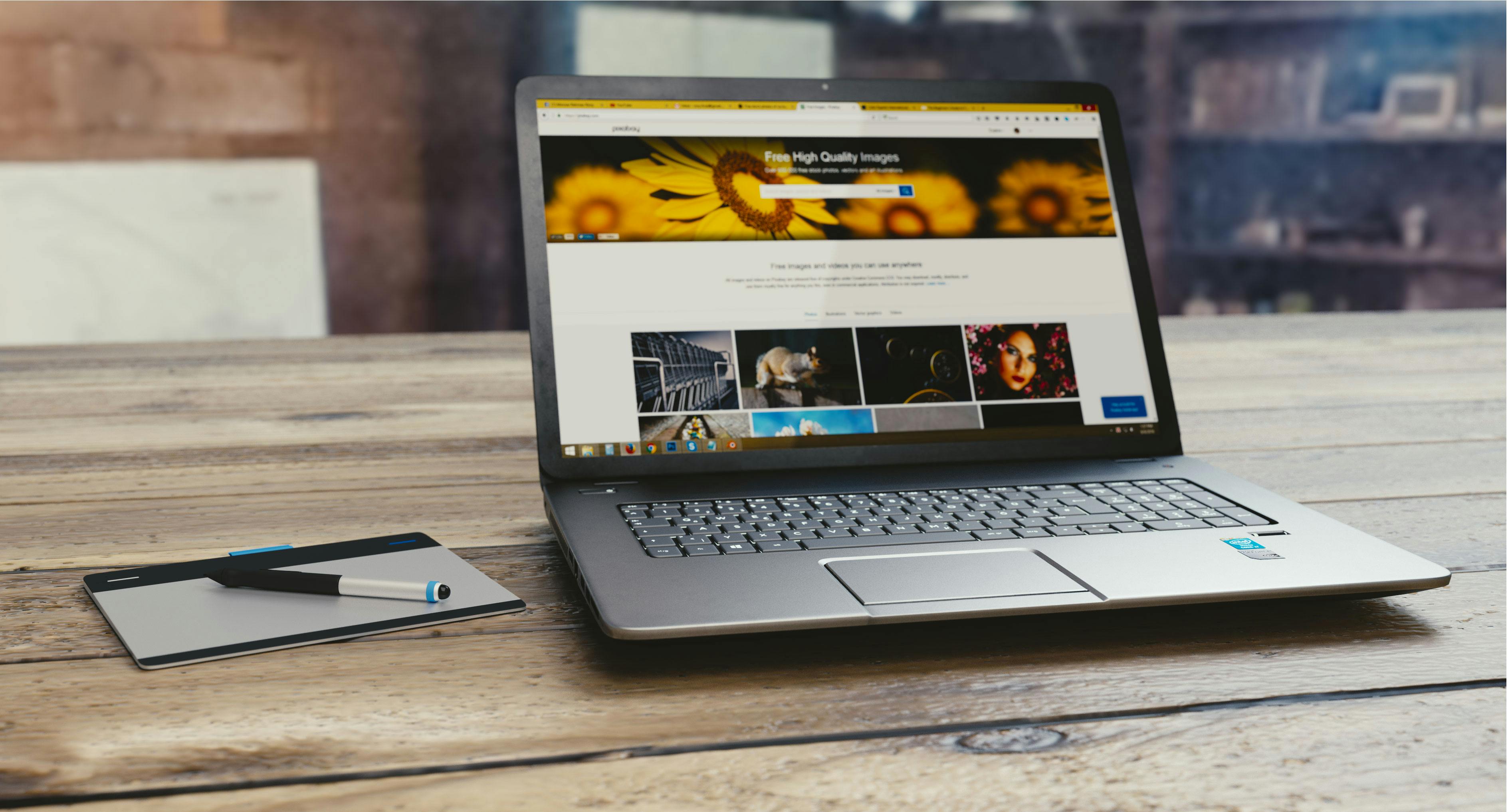Most of us have movies or videos that really should be transferred to DVD. The good news is that video transfers are not that difficult. And the more rolls of film or old tapes you have, the more it’s worth doing that conversion to DVD or digital video yourself. So in this article, I will give you some tips to transfer your own movie and video. First though, a little tip to get you started.
5 tips before you start
1. The original is always better: If you have 8mm film, regular or Super 8, or even 16mm film that has already been transferred to VHS video, make sure you are working with the original film and not the VHS or VHS-C tapes. Because? Because VHS is a fairly low resolution video storage medium. The image produced by playing an old VHS tape on your VCR is equivalent to about 250-300 lines of horizontal resolution on your TV. Standard definition television (NTSC) has 480 lines; high definition is 720. Going back to your original movies and converting them will always be your best option.
2. Be realistic: The old home movie cameras weren’t that good, so the video you create from them won’t be any better. Take Super 8 – film size was small and terrible in low light, camera focus was often a problem, Super 8 cameras had no image stabilization or color balance, almost no audio (and if there is, it’s compromised) and the frames per second were low (super 8 recorded at 18 fps) compared to the current 30 fps. Like I said, be realistic when looking at the results of your 8mm film conversion.
3. Create a master video file: Hey? We started this article by agreeing that we wanted to transfer our old home movies to DVD. Actually, DVD is not the best digital video quality you can achieve. DVDs are created using the MPEG-2 format, which has been a very efficient but highly compressed format for many years, but is now a somewhat outdated video codec.
Don’t get me wrong: DVDs are still a great way to watch videos transferred from home movies, but your best bet is to create an uncompressed video master file first (since you’re already going to the trouble of converting your footage). You can then use that master file for editing, create your DVD, or your online video, or your iPhone video, or your hard drive archive of family videos, photos, and documents, or whatever is on your mind (or that your kids may have in mind – in the future). With uncompressed video, you keep your options open.
4. Most of the improvements will come in the edition: A good film transfer is important, and depending on your film’s history, careful cleaning can lead to some improvements. But the “OMG” moment will only come once the thing has gone through the editing suite. Because? Because your home footage, shot on daylight-balanced film, will have been shot in a variety of “non-daylight-balanced” conditions: some scenes will be too yellow (shot indoors under electric lights), too blue ( shot outdoors in the shade or on a cloudy day), too dark or too bright. And you may have some simple trash shots to boot (it happens to all of us) that you’d rather lose in the final.
Correcting each of these problems will require a scene-by-scene inspection and a scene-by-scene approach. It’s pretty easy to do and pretty quick once you get the hang of it – a basic color correction filter in a standard editing program like Final Cut Pro will do the trick.
5. Decide if DIY transfer film is worth the effort: If you have an old roll of film or two, or a video cassette or two, then it may be much easier to go to your local video transfer service provider and have them do the job.
But if you have a shoebox full of stuff, then it might make sense to do it yourself. And, like I said, it’s not that hard.
Video conversions for different formats
8mm or 16mm film transfer: You’ll need that old projector to convert 8mm or 16mm film to video. (Sorry, the only magic machine with a door that takes an old roll of film and outputs digital video is the professional video conversion company!) Whether you do it yourself or take it to the guy at the mall, the movie will become played, then recorded.
The basic DIY method for converting old home movies on 8mm or 16mm film to video is this: Simply project the film onto a screen (of any size) and record to (digital) video the result. You get a pretty good result doing that – as long as you’re careful about the projector’s focus, have a good flat screen, block out stray light sources, adjust your video camera correctly, and set it up on a tripod as close to the projector as possible. as possible.
There are two major challenges to overcome with this method of film transfer. First of all, there is the possibility of a distorted aspect ratio – “key stoning” caused by the difference in position between the video camera and the projector lens. The answer is to correct distortion in editing (simple enough) or project onto a film transfer box with angled internal mirrors.
The second challenge is reconciling the frame rates between the original 8mm film and your camcorder. As long as you can synchronize the frame rates, by adjusting the projector or video camera or both, you can set a final output frame rate when inputting the video to your computer.
Transfer of VHS and VHS-C tapes: Many weddings made it to VHS tapes and are now stuck there. The video company may have shot on a higher resolution medium, but typically the product was delivered on VHS and the original recording is almost always lost.
Anyway, you have three basic options for digitizing those old VHS tapes. First, buy a dual DVD-VHS player at your local Best Buy, insert your tape, pop in a DVD, and burn! Simple, effective and fast. The disadvantage is that the result will not be of the best quality. Keep in mind that VHS was never good to begin with, so you may not be able to tell the difference in the result. And, if you want to create a digital video file, just rip the DVD you just created on your computer.


